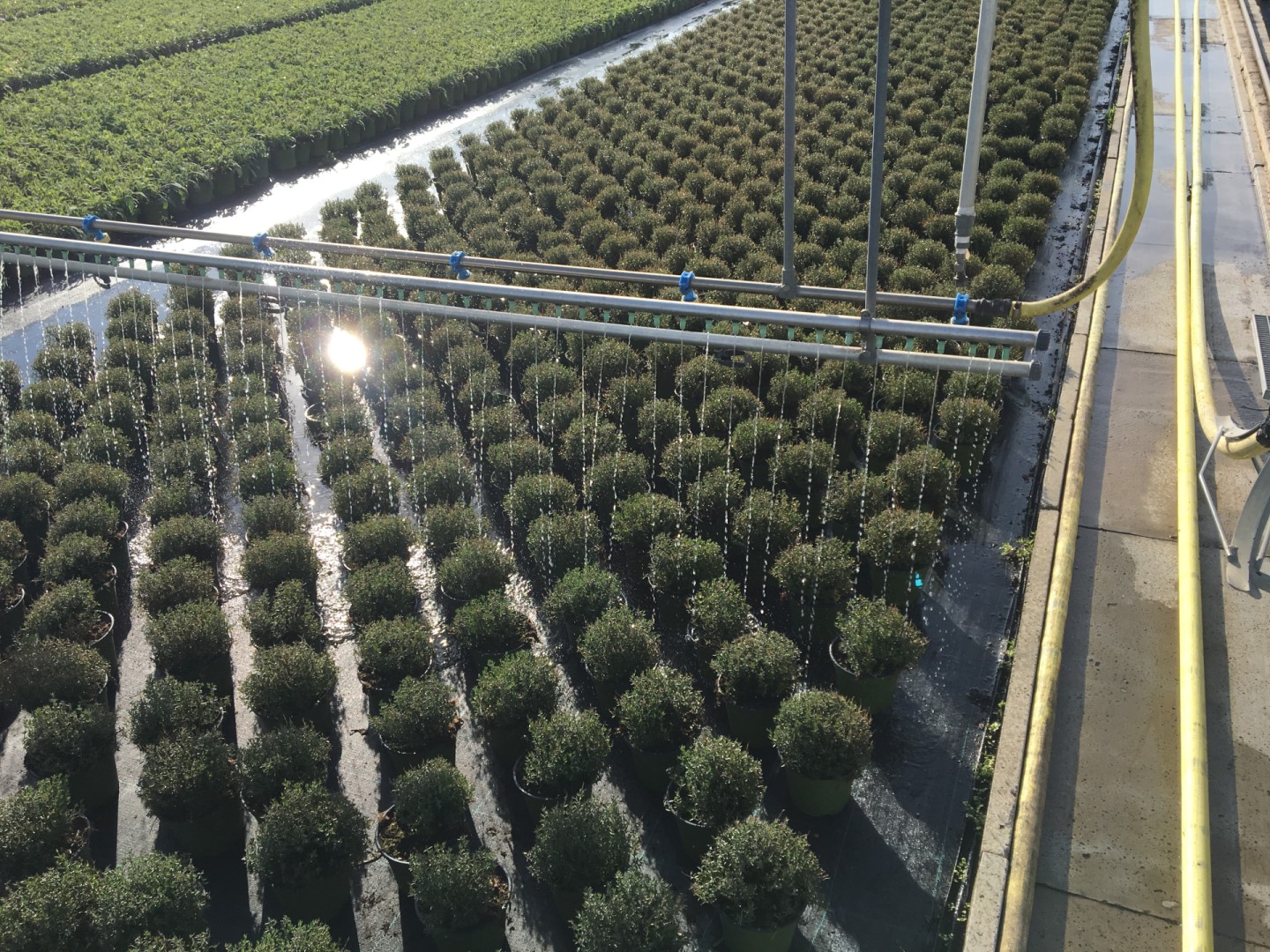Please click here to access the main AHDB website and other sectors.
- Home
- Knowledge library
- Introduction to fertigation
Introduction to fertigation
Fertigation is the practice of applying fertiliser to a crop via the irrigation system. Find out more about the benefits and how you can implement the practice on your farm.
What is fertigation, and why should I use it?
Currently, and increasingly in the future, horticulture and agriculture will be affected by reduced water supply and the implementation of regulations to reduce environmental impacts of fertiliser run-off.
These issues, as well as the practical and economic advantages of fertigation, will make fertigation increasingly attractive to farmers and growers.
Irrigation distribution systems
Both irrigation water and fertiliser are applied using the same irrigation distribution system. Fertigation is most commonly used with drip irrigation. Combining fertigation with pressurised irrigation systems, such as drip or advanced sprinklers, provides several advantages to growers and farmers. Among the most important advantages are:
- Reduction, and often elimination, of mechanical fertiliser application with associated labour savings
- Reduced total irrigation volumes
- Automation of both irrigation and nutrient application
- Potential for more precise control over irrigation and nutrient application throughout a crop
- Ability to match nutrient supply to crop growth
It is important to note some negative effects, which may happen depending on your system:
- It is important to have an accurate irrigation system otherwise it can be more polluting
- In overhead dispersion irrigation systems in ornamentals, the nutrients being delivered from above can lead to more moss and liverwort on pot tops and matting
- If the crop is outside through the autumn/winter in a wet year, you may struggle to get the nutrition into the plants because they never need irrigating and nutrients are quickly washed out by the rain.
How to provide enough water for my system
Water is not always available in the amount needed for your crop at the right time, even in the UK, which has relatively high rainfall. Whatever source of water you use, it is important to store enough for your needs. Find out more about water sources and water storage.
How to provide enough water for my system
Assessing and improving water quality
Water source often determines water quality in terms of bicarbonate level, pH and available nutrients, which can impact the performance of substrates and the lifespan of your irrigation equipment. There are several approaches you can use to improve water quality:
- Adjusting the chemical composition
- Removing physical particles
- Disinfection to remove plant pathogens
- Controlling algal growth on stored water
How to improve my water quality
Adding fertilisers into the irrigation system
In fertigation, nutrients are supplied to the crop, together with the irrigation water as a nutrient solution. Fertilisers are dissolved to create one or more concentrated solutions, which are then injected into the irrigation water. It is essential to do this accurately, and the technologies to do this are covered by this section.
Adding fertilisers into the irrigation system
How to manage fertigation
Regular analysis of irrigation water and monitoring crop performance is important. It helps you keep track of variations in the chemical content of the water, and refine substrate mixes and nutritional programmes, to optimise plant growth and quality. Find out more about monitoring equipment for soil, substrate and water, and recommendation schemes.
How to manage fertigation well
Useful links


